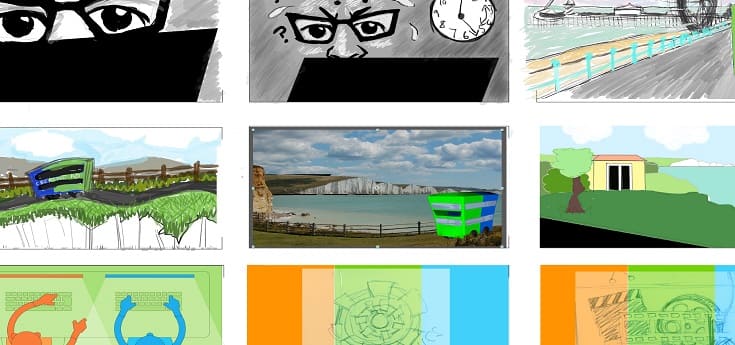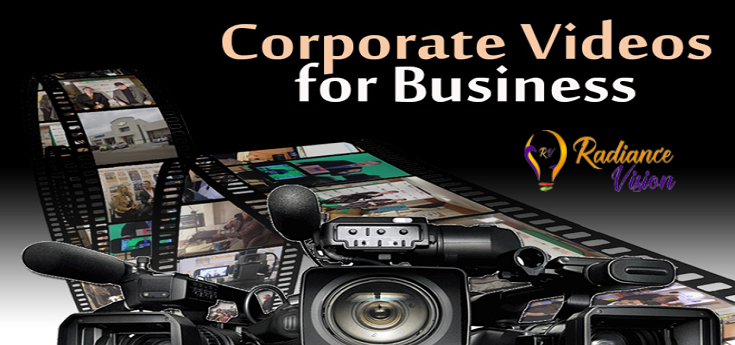HOW DO YOU STORYBOARD FOR MOTION GRAPHICS

HOW DO YOU STORYBOARD FOR MOTION GRAPHICS
What exactly is a story board?
If you have come to read this blog, I am assuming you must be aware with the basics. However, my definition of a storyboard is:
A graphic representation that shows the unfolding of your video shot by shot is called a storyboard. It consists of a number of squares with illustrations or pictures that actually represent each shot (these include notes about what's going on in the scene and what has to be said in the script during that shot.)
HOW TO STORY BOARD FOR MOTION GRAPHICS?
Initialize with a creative brief, rather than jumping into the design. This doesn’t do mammoth, but at least ensures that your team and clients are aligned with your strategy for the project – they are slightly aware of what exactly you are presenting, who is it being shared with, and how will it be displayed. This step amalgamates the tone for the project and tells how your audience shall feel after watching your video.
A preliminary shot list is created after developing the voice-over script. This shot list consists of a scene-by-scene description of the video. Sometimes, letting pout the key messages of the script guide bridges the gap between strategy and design.
After having done all this, now it’s time to roll up our sleeves and sketch each scene based on the descriptions developed in the shot list. Here we need to keep in mind that we need to in an average spend only 1-2 minutes per sketch: nothing fancy
Some agencies opt out of this step for time’s sake, but quick sketches of each scene actually help clients understand idea. It just takes the mystery out of the equation.
After getting the client’s approval, assets for each scene are created. This is done using the style approved from the mood board as a guide. In layman terms, each scene is actually broken down and individual’s elements created that will b animated, colored and styled according to what described earlier. This step os carried out in either Adobe Photoshop or Illustrator depending on the technical requirements of the style.





